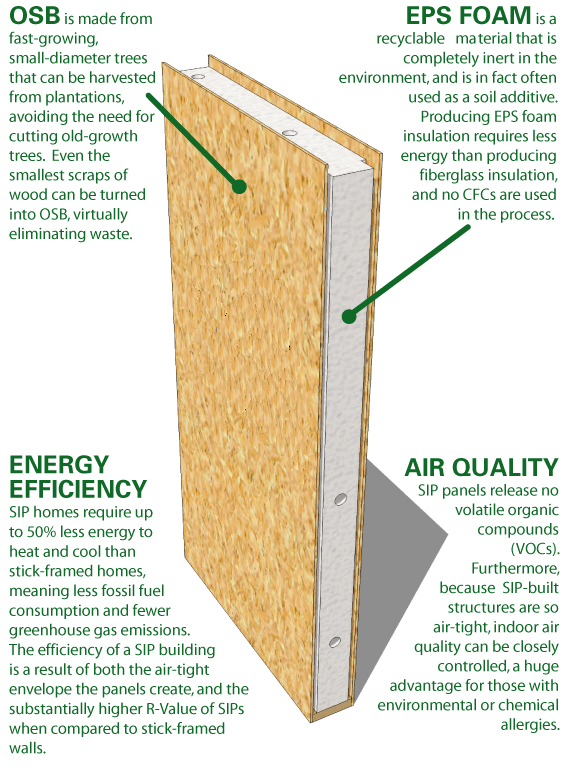insulation
Insulation Services
Our insulation crew has a wealth of experience when it comes to making your home cozy. From lowering your heating and air conditioning bills to mitigating outside noise and vibration, insulation is an essential step in building and renovating. We install only materials of the highest quality, and make sure we provide insulation suited for your renovation or project.
Calgary Drywall Ltd provides residential and commercial insulation services. We insulate your walls, your garages, and your basements. These services give you the opportunity to transform previously unusable space into family friendly spaces you can enjoy year-round!
Let's build your dreams!
More than 20 years of experience
Many Completed
Projects
Highly qualified professionals
Types of Insulation
With so many types of home insulation on the market, it can be difficult to choose the most appropriate for your walls, attic, or garage. They vary wildly in terms of R-value, cost, and installation time, among others.
Common types of home insulation include blanket insulation, concrete block insulation, rigid foam insulation, insulating concrete forms, loose-fill, blown-in, rigid fiber insulation, sprayed foam, and structural insulated panel. Each have their advantages.
Calgary Drywall Ltd is here to help you select the best insulation type for your home, taking into account R-value need, climate, and budget.

How Insulation Works
Heat flows via through three mechanisms: conduction, convection, and radiation. Conduction is the flow of heat through a materials, or solids in general. Convection is the flow of heat through liquids and gases, much like how convection ovens circulate hot air. Radiant heat, like the heat from the sun, is absorbed by solid objects.
Most home insulation reduces heat conduction. Some types of insulation reflect radiant heat, reducing its absorption.
R-Value
R-value is a measure of thermal resistance. The higher a material’s R-value, the stronger its insulating properties. Thicker, denser insulation material tends to result in a higher R-value.
The R-value needed depends on the climate, as well as the area of the home. Different insulation materials are appropriate for different areas of installation.
Calgary, Airdrie, Cochrane, and most surrounding towns are in zone 7A. The insulation requirements for our zone are:
Attics – R49 to R60
Walls – R13 to R21, depending on wall dimensions
Floors – R25 to R30
Crawlspaces – R25 to R30
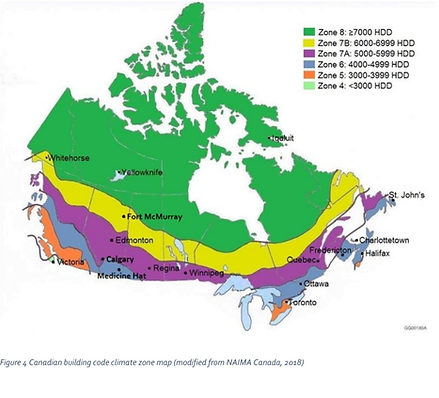
Blanket Insulation
Blanket insulation is one of the most common types. It comes in the form of batts, or rolls. It can be made of a variety of insulation material, however the most popular tends to be fiberglass. Mineral wool, natural fibers, and plastic fibers are also widely available. Blanket insulation is fitted between studs, joists, and beams, and is used to insulate walls, attic trusses, and floor joists.
A facing will often be attached to the insulation material to facilitate insulation installation and add a barrier against air or moisture.
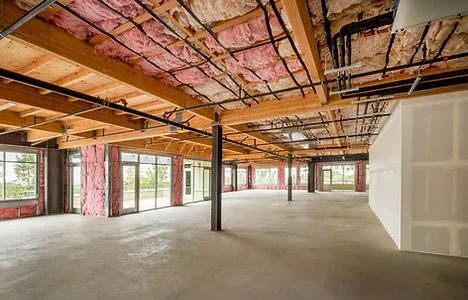
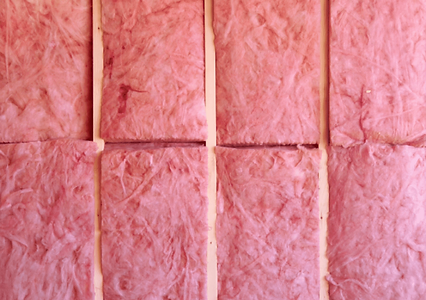
Concrete Block Insulation
Foundations as well as some walls can be built using concrete blocks. Several techniques exist to insulate those, upping the building’s R-value. Concrete block cores can be filled with insulation material. However, the most efficient way to insulate concrete blocks is to insulate their exterior. Several new types of concrete are available, with a much higher insulating potential than conventional concrete, such as autoclaved aerated concrete, autoclaved cellular concrete, and concrete-wood mixtures.

Foam Board and Rigid Foam Insulation
Foam boards are a very versatile form of insulation. They can be used in almost any part of the home, and provide a high value of insulation compared to other materials of the same thickness.
Appropriate for interior as well as exterior application, foam boards are typically made of polystyrene, polyisocyanurate, and polyurethane.
Rigid foam insulation reduces heat conduction through build structure and frame.


Insulating Concrete Form Insulation
Insulating Concrete Form (ICF) systems are types of poured concrete walls. They consist of foam boards or blocks, often strengthened with rebar – steel rods. Concrete is then poured, creating an insulated wall.
However, ICF block systems need to be treated with insecticide and waterproofed. The webbing around the block core can provide access to insects or groundwater.
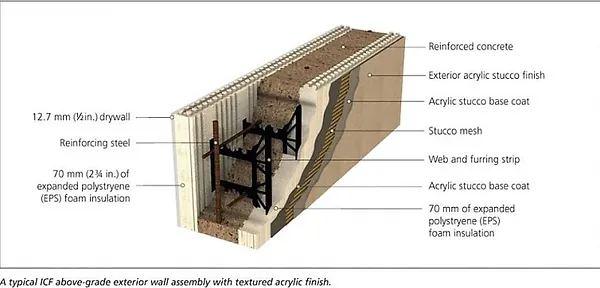
Loose-Fill and Blown-In Insulation
Loose-fill insulation usually consists of small mineral wool, cellulose, or fiberglass particles. This type of insulation is mostly made of recycled material, and is well suited for insulation of hard-to-reach spots, such as attics, or wall cavities.
Due to the particles settling as they are poured or blown in, the R-value of loose-fill insulation doesn’t change proportionally to its applied thickness.
To achieve the desired R-value, insulation thickness must be measured once settled.


Structural Insulated Panel Insulation
Structural Insulated Panels (SIPs) are prefabricated structural building elements used in ceilings, floors, and roofs.
They provide uniform and precise insulation, and offer an airtight result
SIPs usually consist of foam board insulation between two layers of facing material.
SIPs should be treated with insecticide, covered with a fire-rated material, and protected from vapor.
SIP structures need adequate ventilation as they are relatively airtight.
